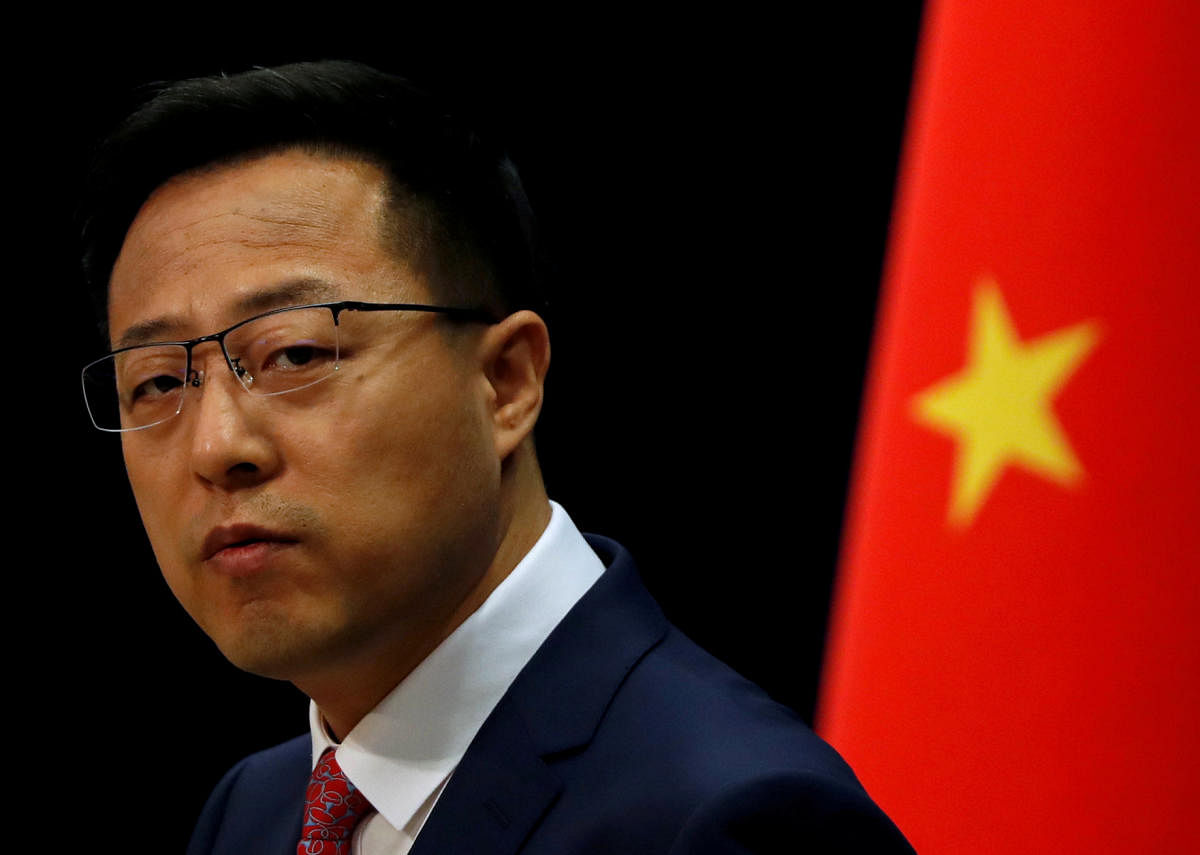
Beijing on Wednesday struck a conciliatory note, apparently signaling progress in its talks with New Delhi to de-escalate tension and end the build-ups by Indian Army and Chinese People’s Liberation Army (PLA) along the disputed boundary between the two neighbouring nations in eastern Ladakh.
Zhao Lijian, a spokesperson of the Ministry of Foreign Affairs of the Chinese Government, said in Beijing that the situation along the disputed border between the two nations was “overall stable and controllable”. Without directly referring to the military build-ups by both sides along the disputed boundary, Beijing’s envoy to New Delhi, Sun Weidong, too sounded conciliatory when he stated that China and India did not pose any threat to each other.
“We should adhere to the basic judgment that China and India are each other's opportunities and pose no threat to each other,” Sun said during a webinar with youths in India. “We need to see each other's development in a correct way and enhance strategic mutual trust. We should correctly view our differences and never let the differences shadow the overall situation of bilateral cooperation.”
“We have been following the important consensus reached by the two leaders and strictly observing the agreements between the two countries,” Zhao said in Beijing. He was apparently referring to the consensus reached between Prime Minister Narendra Modi and Chinese President Xi Jinping during the two informal summits in April 2018 and October 2019 on maintaining peace and tranquility in the border areas till the dispute over boundary is settled through negotiations.
Beijing struck the conciliatory note after sources in New Delhi told journalists that situation along the Line of Actual Control – the de facto boundary between the two nations – on the north bank of the Pangong Tso lake in eastern Ladakh was “sensitive, but not dangerous”.
China has been objecting to construction of a road and a bridge by India along the LAC in eastern Ladakh. The situation escalated on May 5 when the Chinese PLA personnel attacked Indian Army soldiers with sticks and stones in an area perceived in New Delhi to be well within the LAC’s Indian side. They also demolished some makeshift structures built by Indian Army soldiers on May 6. The Chinese PLA followed up by building a bunker in order to restrict the access to an area where Indian Army soldiers regularly patrolled.
The PLA deployed nearly 5000 soldiers in a large camp set up recently at Galwan Valley within the territory claimed by China – obviously to support the smaller number of troops, who had transgressed the LAC in several locations and entered into the areas claimed by India. The Indian Army also rushed soldiers “in adequate numbers” as a countermeasure to the deployment by the Chinese PLA.
Though the initial engagements between the senior military officials on both sides could not end the eyeball-to-eyeball situation, some headway was apparently made during talks between senior diplomats of the two sides – both in New Delhi and Beijing.
Foreign Secretary Harsh Shringla, India’s ambassador to China, Vikram Misri, and Joint Secretary (East Asia) at the Ministry of External Affairs in New Delhi, Naveen Srivastava, are in touch with their counterparts in Beijing. China’s envoy to India, Sun Weidong, along with Wu Jianghao and Hong Liang, Director Generals of the Department of Asian Affairs and Department of Boundary and Ocean Affairs, in the Ministry of Foreign Affairs of the Chinese Government, are leading the negotiation from the side of communist country’s government.
